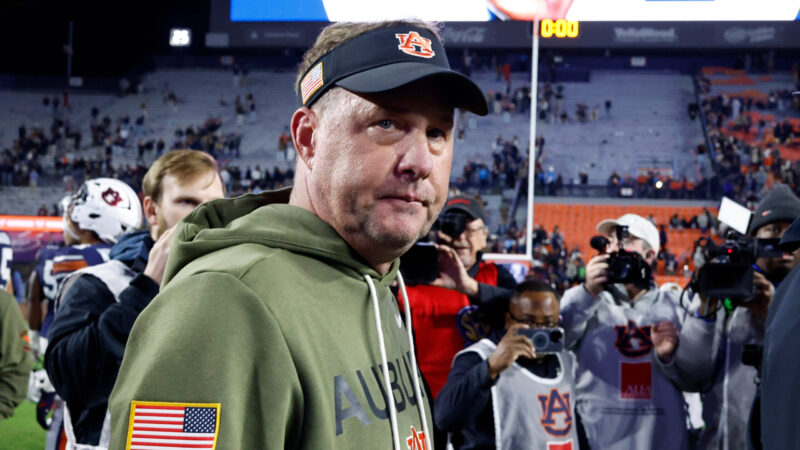Providers Plan For Vaccinating Millions of Rural Alabamians
Health experts are working to iron out the logistics of administering the COVID-19 vaccine in rural Alabama.
Depending on how you count it, UAB’s Dr. William Curry estimates anywhere from 1.25 to 2.9 million residents live in rural communities.
“So there are a lot of people and trying to vaccinate at least 70 or 80 percent of that large number is a very daunting task and we need to do it quickly,” said Curry, a physician and associate dean of primary care and rural medicine at UAB Medicine.
As Curry and other medical providers map out how to distribute the COVID-19 vaccine to the most isolated areas of the state, they face familiar problems.
There is a shortage of hospitals, clinics and staff to deliver the vaccine, plus a lack of infrastructure and resources to effectively store it. On top of that, Curry said many residents are reluctant to receive it.
In the coming months, UAB will work with the Alabama Department of Public Health and a network of rural providers to encourage vaccination. Health experts will reach out to local leaders, including sheriffs and pastors, to help spread the word about the risks and benefits of the COVID-19 vaccine.
“Education and community engagement is essential,” Curry said. “And people need to hear it from somebody like them, that they trust.”

In recent weeks, COVID-19 case numbers and hospitalizations have increased significantly across Alabama, with per-capita infection rates higher in many rural counties than they are in urban areas.
Curry said there is still not enough testing or contact tracing in rural communities, which makes it difficult to accurately monitor and control viral spread.
The first doses of the Pfizer COVID-19 vaccine began arriving Monday in Alabama, with additional shipments scheduled to arrive Tuesday. The initial allotment of 40,950 doses, prioritized for frontline health care providers, is being distributed to 15 hospitals with capacity for ultra-cold storage.
How Alabama Power kept bills up and opposition out to become one of the most powerful utilities in the country
In one of the poorest states in America, the local utility earns massive profits producing dirty energy with almost no pushback from state regulators.
No more Elmo? APT could cut ties with PBS
The board that oversees Alabama Public Television is considering disaffiliating from PBS, ending a 55-year relationship.
Nonprofit erases millions in medical debt across Gulf South, says it’s ‘Band-Aid’ for real issue
Undue Medical Debt has paid off more than $299 million in medical debts in Alabama. Now, the nonprofit warns that the issue could soon get worse.
Roy Wood Jr. on his father, his son and his new book
Actor, comedian and writer Roy Wood Jr. is out with a new book -- "The Man of Many Fathers: Life Lessons Disguised as a Memoir." He writes about his experience growing up in Birmingham, losing his dad as a teenager and all the lessons he learned from various father figures throughout his career.
Auburn fires coach Hugh Freeze following 12th loss in his last 15 SEC games
The 56-year-old Freeze failed to fix Auburn’s offensive issues in three years on the Plains, scoring 24 or fewer points in 17 of his 22 league games. He also ended up on the wrong end of too many close matchups, including twice this season thanks partly to questionable calls.
In a ‘disheartening’ era, the nation’s former top mining regulator speaks out
Joe Pizarchik, who led the federal Office of Surface Mining Reclamation and Enforcement from 2009 to 2017, says Alabama’s move in the wake of a fatal 2024 home explosion increases risks to residents living atop “gassy” coal mines.








